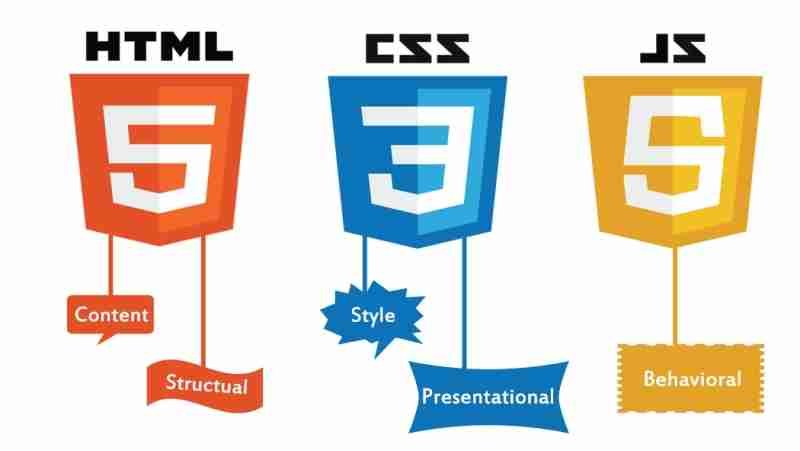The Synergy of HTML, CSS, and JavaScript in Web Development
In the world of web development, three core technologies—HTML, CSS, and JavaScript—form the foundation of virtually every website and web application. Each plays a distinct role in the creation of engaging, interactive, and visually appealing web experiences. Understanding how these technologies work together is essential for anyone aspiring to be a proficient web developer.
HTML: The Skeleton
HTML, or HyperText Markup Language, is the backbone of any web page. It structures the content and defines the semantic meaning of different elements. Think of HTML as the skeleton of a webpage. It provides the necessary framework upon which everything else is built.
Key Features of HTML:
- Elements and Tags: HTML is composed of elements, represented by tags. Each element defines a different part of the web page (e.g., headings, paragraphs, links, images).
- Attributes: Elements can have attributes that provide additional information or functionality (e.g.,
hreffor links,srcfor images). - Semantic HTML: HTML5 introduced semantic elements like
<header>,<footer>,<article>, and<section>which give more meaning to the structure of the web content.
HTML forms the static, foundational layer of the web.
CSS: The Skin
CSS, or Cascading Style Sheets, is used to style and layout web pages. It allows developers to control the appearance of HTML elements, making the web content visually appealing and engaging. If HTML is the skeleton, then CSS is the skin and clothing that make the web page look attractive.
Key Features of CSS:
- Selectors: CSS selectors target HTML elements based on their tag name, class, ID, or attributes, allowing for precise styling.
- Properties and Values: CSS rules are composed of properties (e.g.,
color,font-size,margin) and their corresponding values. - Responsive Design: Media queries and flexible grid layouts enable web pages to adapt to different screen sizes and devices.
CSS brings design to the web.
JavaScript: The Muscle
JavaScript is the scripting language that brings interactivity and dynamic functionality to web pages. It allows developers to create features that respond to user actions, update content without reloading the page, and even build entire web applications.
Key Features of JavaScript:
- DOM Manipulation: JavaScript can interact with and manipulate the Document Object Model (DOM), allowing dynamic changes to the content and structure of the web page.
- Event Handling: JavaScript can respond to user events such as clicks, form submissions, and mouse movements.
- Asynchronous Programming: Techniques like AJAX (Asynchronous JavaScript and XML) and Fetch API enable JavaScript to communicate with servers and update web content without reloading the page.
- Libraries and Frameworks: Tools like React, Angular, and Vue.js simplify complex web development tasks and enhance JavaScript’s capabilities.
JavaScript adds interactivity to our web page.

How Can TechDotBit Help You Learn About HTML, CSS, and JavaScript?
TechDotBit is a valuable resource for anyone looking to learn HTML, CSS, and JavaScript. With its structured learning paths, interactive projects, expert guidance, and extensive resources, TechDotBit provides everything you need to become proficient in web development. Whether you’re a complete beginner or looking to enhance your skills, TechDotBit’s comprehensive platform ensures you have the tools and support necessary to succeed in your web development journey. Choose confidently with TechDotBit—reach out today!
Conclusion
Mastering HTML, CSS, and JavaScript is crucial for any web developer. These technologies form the core of web development, each contributing to different aspects of the web experience. HTML provides the structure, CSS handles the styling, and JavaScript introduces interactivity. By understanding and leveraging the synergy between these technologies, developers can create sophisticated and dynamic web applications that meet the needs and expectations of modern users.








